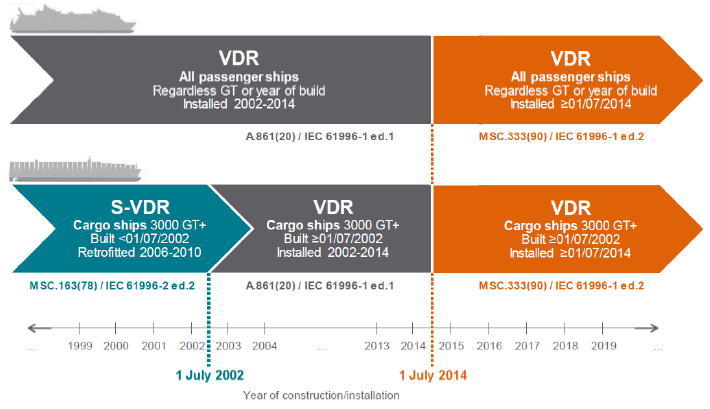VDR – SVDR Annual Performance Test APT
As maritime safety regulations become more stringent, vessel owners and operators must ensure their Voyage Data Recorder (VDR) and Simplified Voyage Data Recorder (SVDR) systems meet the highest standards of safety and reliability. One way to ensure this is through the Annual Performance Test (APT), which assesses the functionality of the VDR/SVDR system and confirms its compliance with international safety regulations. In this article, we’ll discuss the importance of the APT for VDR/SVDR systems and what it entails.


